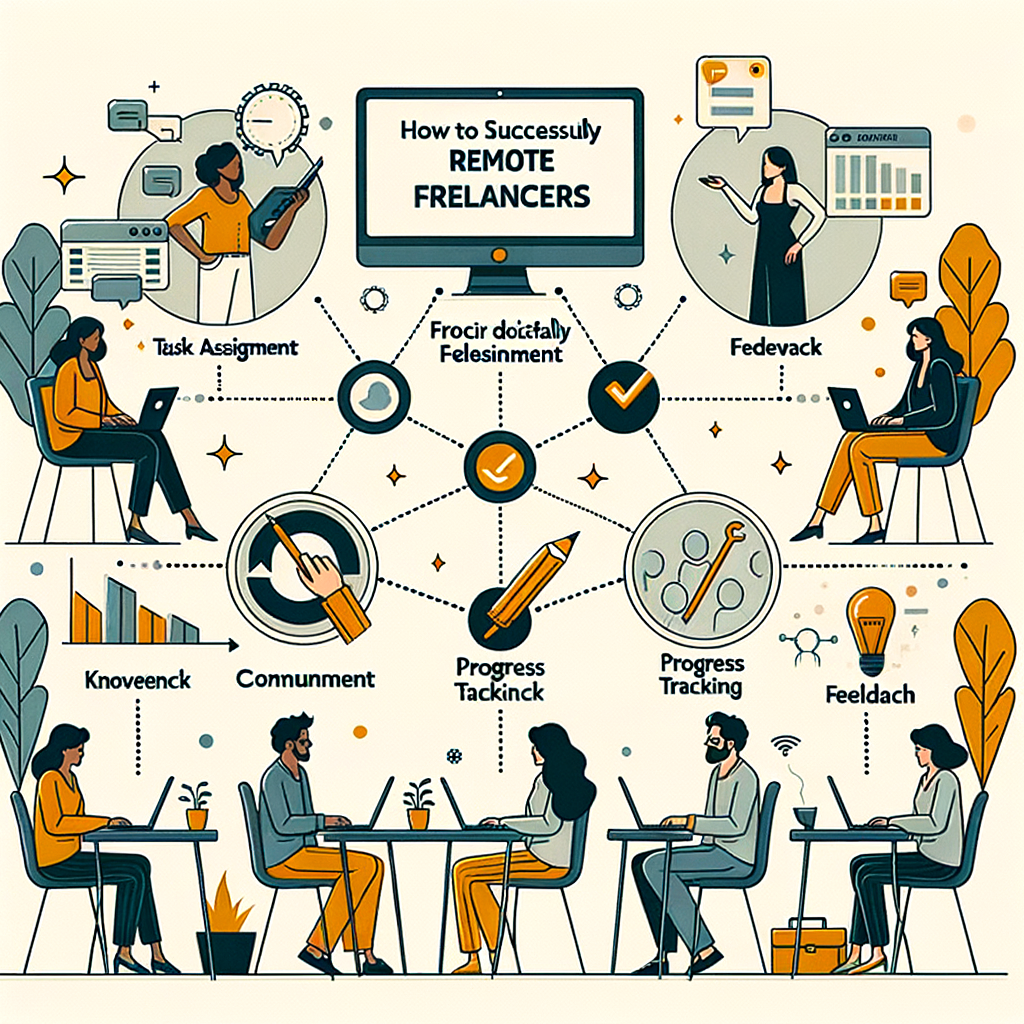Key Steps to Effectively Managing Remote Freelancers
Successful management of remote freelancers starts with understanding what sets them apart from traditional, in-house employees. Unlike onsite staff, freelancers work independently, often across different time zones and cultures. This flexibility brings access to specialized skills and fresh perspectives, but it also requires a unique approach to collaboration and oversight. The management process typically involves well-defined project briefs, regular check-ins, and clear communication platforms like Slack or Trello. For example, setting up a shared calendar and onboarding process ensures everyone knows deadlines and deliverables from the outset. Research by Harvard Business Review shows that remote workers perform best when expectations are transparent and consistent feedback is provided. By prioritizing these foundational steps, you lay the groundwork for both productivity and trust, which are crucial when working with freelancers remotely.

Essential Tips for Managing Remote Freelancers
- Establish clear guidelines and deadlines to prevent misunderstandings and keep projects on track from the start.
- Use collaborative tools like Slack or Asana for smooth communication and workflow management.
- Schedule regular virtual check-ins to monitor progress and offer constructive feedback consistently.
Building Strong Relationships with Remote Freelancers
Fostering a positive relationship with remote freelancers is essential for long-term success and project consistency. When you treat freelancers as valuable partners rather than temporary help, you encourage loyalty and higher performance. Open communication is key—taking time for video calls or even brief, friendly messages can bridge physical gaps and create a sense of belonging. For example, a company that celebrates milestones or includes freelancers in team discussions often finds increased motivation and engagement. Freelancers who feel respected and heard are more likely to deliver creative solutions and meet tight deadlines. Creating a collaborative environment isn’t just about completing tasks—it’s about building trust, encouraging initiative, and ensuring your freelance team wants to work with you again in the future.
Frequently Asked Questions
How do I set expectations for remote freelancers?
Be clear about your deadlines, project scope, and deliverables.
Share written guidelinesand hold a kickoff call to ensure everyone starts with the same understanding.
What tools help manage remote freelancers?
Use project management platforms like Asana, Trello, or Slack. These tools streamline communication and make it easy to track tasks and deadlines for everyone involved.